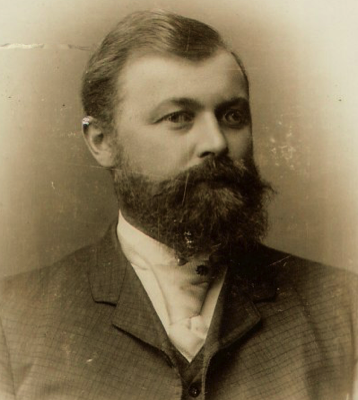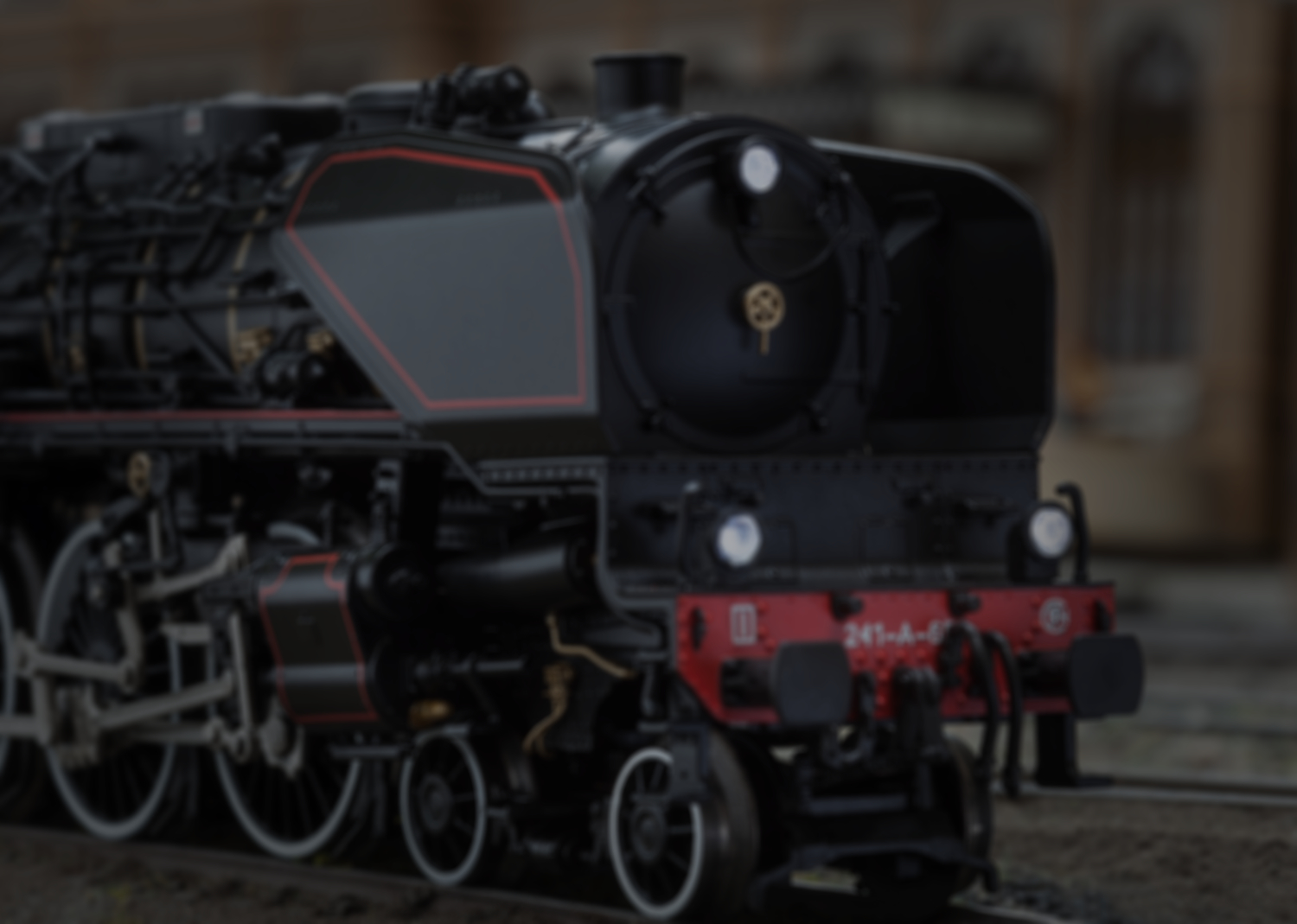3 • Digital? Who Said Anything About Digital?

As I set about taking inventory of my track, I found that I was a bit short. No problem, everything I needed should be available on eBay, the motherlode of old stuff for old hobbyists. To my surprise, there were now three kinds of track that handled my kind - Marklin - of trains. Not only that, the transformers, switches, locomotives - in short everything - had moved into the 21st century while I wasn't looking. My simple transformer and track was supplanted by a digital controller that spoke directly to digitally aware locomotives. And it all could be interfaced into my Mac. This required a rethink, and some expert advice.
It turned out that one of the largest chapters of the European Train Enthusiasts international club was headquartered in the Bay Area, and they were operating a publicly viewable layout in a Danville shopping mall during the holidays. There I met Stretch. An initial conversation led to a visit to his home where he walked me through the state of the art. An eye-opener to say the least. My above-window loop grew into a three-phase project that included a second shelf tucked close to one set of windows at desktop level, plus a 14-turn helix that trains would use to travel between the upper and lower levels. And it would all eventually be automated using a computer program called iTrain.
The project would require tossing all my old track and transformer, modifying the old locomotives, and remodeling and rebuilding portions of the room to accommodate the additional electronic equipment and expanded layout. To complicate matters, my son was spending some time with us during his college-to-reality period, so the lower level and helix would need to wait until his departure.
And then there was Delia. While she thought it was cool, she was a little concerned about the cost. I would need to figure out an end game — she was all too aware of my obsessive streaks. Certainly I wasn't about to become a collector — Stretch had 27 versions of the same locomotive. And I really didn't care about scenery. It was too fussy and I didn't want a train layout taking over a room both in space and style. But I did like the idea of computer control.
My original notion was that the upper train shelf would appear more like a lighting cove that occasionally had trains running on it. They'd be hidden on an inner track until they started to move. But phases two and three would put the track plainly in the open. I would need to make those as low-profile as possible, and hew to an architectural style that wouldn't offend our sensibility. Oh well, in for a penny in for a pound.

